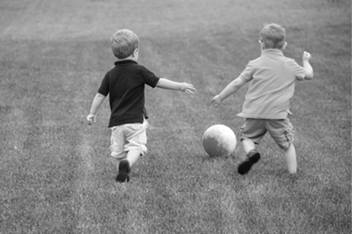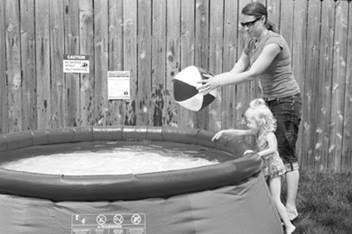Tree House Safety
Building and playing in tree houses is a favorite activity for young children. Though a tree house can be a place of great fun and imagination, unfortunately it can also lead to serious injury. Falls are the leading cause of unintentional injury among children, and the most severe ones are those from great heights and over hard surfaces. With the location of tree houses high above the hard ground, they become dangerous places for children to play. Fortunately, there are steps parents can take to help their children safely enjoy the adventure of a tree house.
Tree House-Related Injury Facts
- Almost 2,800 children are treated in emergency departments for tree house-related injuries every year.
- The most common injuries are fractures, followed by bumps, bruises and cuts.
- Usually the upper part of the body is injured, including the shoulder, neck, arm and hand. The head and face are the next most commonly injured body parts.
- Most injuries occur when children fall or jump from a tree house.
- Other dangers include strangulation by ropes or chains, and cuts from broken glass or exposed nails.
Who is at Risk?
- Boys are more likely than girls to fall or jump from greater heights, which lead to more serious injuries.
- Though younger children suffer the most injuries, older children are more likely to fall from greater heights.
- Children younger than the age of 5 years are more likely to suffer a head injury compared to older children.
Prevention Tips
- Choose a strong, sturdy tree for the tree house.
- Build the tree house low to the ground. A tree house greater than 10 feet in the air is too high.
- Do not build near electrical wires. A child might try to grab them or swing from them.
- Surround the area below the tree house with a protective surface, such as wood mulch. Use at least 9 inches of protective surfacing in a 72-inch zone around the structure to help reduce the shock of a fall.
- Plan a safe way to get up and down the tree house. Ropes or similar devices such as chains should be avoided because of strangulation hazards.
- Solid barrier walls, not guardrails, should be used. The barrier should be at least 38 inches in height.
- Keep the tree house free of dangerous materials such as exposed nails or broken glass.
- Adult supervision is recommended. Children younger than 6 years of age should never play in a tree house unless an adult is present.
Additional Tree House Safety Resources
- Pediatric tree house-related injuries treated in emergency departments in the United States: 1990-2006
- PubMed Abstract - March 2009
- Press Release - March 2009



